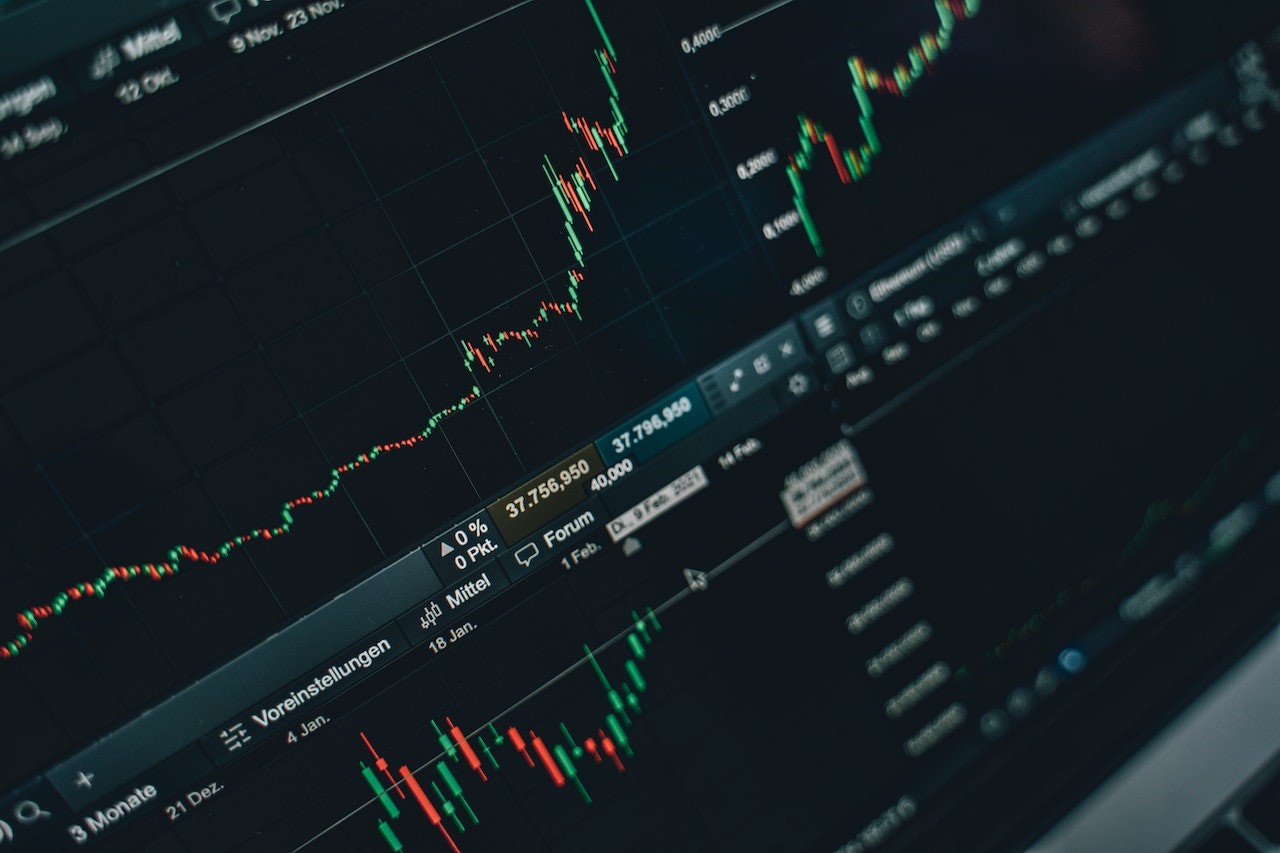There are countless investment strategies in financial markets, each with unique risks and rewards. One strategy that has gained popularity over the years is futures trading. While it may not suit everyone, futures trading offers many benefits, making it a smart investment strategy. This article will explore the details of this strategy and how to manage its complexities.
Understanding Futures Trading
Before delving into why futures are a smart investment strategy, you must understand them. Futures are standardized financial contracts that obligate the buyer to purchase and the seller to sell a specific quantity of an underlying asset at a predetermined price on a specified future date. These assets can range from commodities like oil to financial instruments like interest rates.
Diversification and Risk Management
Futures are beneficial for their potential to enhance portfolio diversification and risk management. Investors reduce their exposure to individual asset classes by including these contracts in a diversified portfolio. The investors also spread risk more effectively. This inclusion can be valuable during economic uncertainty or market volatility.
Hedging Against Price Fluctuations
Businesses often use these contracts to hedge against adverse price movements. For example, farmers can use futures to lock in a selling price for their crop months. This strategy protects them from price declines. An airline can use futures to secure stable jet fuel prices and mitigate the impact of rising oil prices.
Speculation and Profits
In futures trading, speculation is like making guesses. Traders bet on prices going up or down. They hope to make profits. Imagine you think the price of oil will rise. You can buy oil futures at a lower price. If it goes up, you make money. But if it falls, you may lose. Profits come when your guesses are right. It’s like a game of predicting. People do this to earn money. But remember, it’s risky. Prices change fast. Traders need to be careful and know when to stop. It’s like a fun game but with real money at stake.
Liquidity and Accessibility
Liquidity refers to how easily you can buy or sell contracts. More liquidity is better for trading. It’s like a busy marketplace where you can quickly trade your stuff. A market with low liquidity is like a quiet street, and finding someone to trade with may be hard. Accessibility is about making sure everyone can join the trading game. It’s like opening a store where everyone can shop. Rules and technology should be fair and easy for everyone. This helps small and big traders participate. No one should be left out because they don’t understand or can’t access the market.
Transparency and Regulation
Transparency and regulation are vital in maintaining market integrity and protecting participants. Transparency involves providing accessible, accurate information about prices, volumes, and trade data. It ensures fair competition and fosters trust in the market. Regulation sets the rules and standards that govern futures trading. Regulators oversee market participants and enforce compliance with established regulations. These rules cover position limits, margin requirements and market manipulation prevention. Transparency and regulation provide safeguards against fraud, manipulation, and excessive speculation.
Conclusion
Futures trading is a smart investment strategy for those who understand its intricacies and risks. With these advantages, futures offer a versatile approach to investing. Regardless of your goal, this strategy is worth considering for savvy investors.
